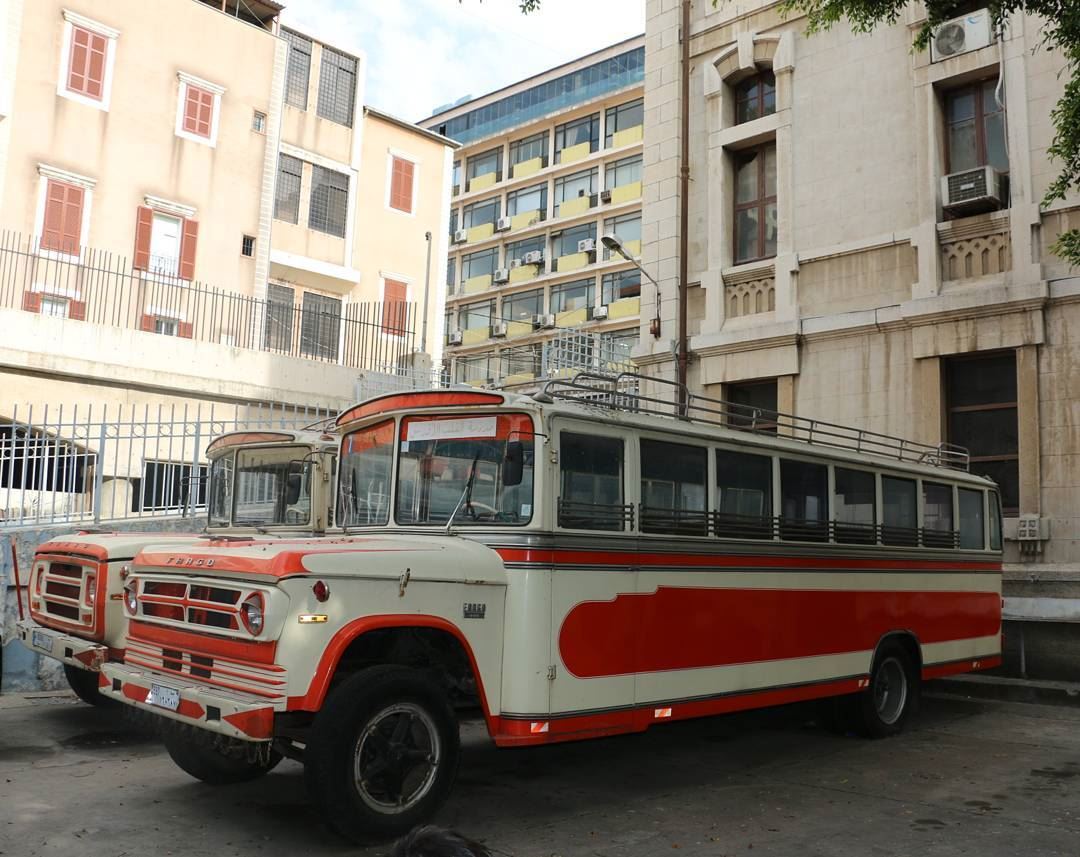Lebanon is a country full of archaeological and historical sites to visit. Its verdant nature, with diversified landscapes, also offers several opportunities for visits and activities. But to discover the country in all its splendor, nothing beats diving directly into the daily life of a Lebanese, crossing Lebanon by public transport. This is a harmless possibility, but only for free-spirited adventurers.
Diversified public transport
Lebanon has three different types of public transport: buses, vans and collective services (taxis). For these three distinct categories, the principle is the same: there is no fixed stop. If you want to stop a moving vehicle, you will have to wave your hand and indicate your direction. As with all Western public transport lines, buses and vans follow fixed routes in Lebanon. But no particular route is indicated for the services.
View this post on Instagram✨
At the house of Libshop, we are specialized in the manufacture artisanal of mezzes, shawarma, falafel, Lebanese-inspired dishes and pastries for more than 10 years.
👉 Book your table at one of the Libshop restaurants in Paris
👉 Order Libshop for click & collect or delivery✨
Visit Lebanon by bus
Regardless of the city where you are in Lebanon, the easiest way to get a bus, apart from the meeting points, is the fast lane. Yes, if you want to take the bus on the fly, you have to join the many users who are waiting on the side of the highway. Don't worry, it's really common to find people asking to be picked up at expressway junctions in Lebanon.
In general, buses are large vehicles, often larger than vans. Each city has a meeting point, the only place where a bus stops. Just ask to find out which “bus stop” is closest to your location. In any case, you will not wait more than 15 minutes to be picked up by a bus.
Stuck tight in the vans of Lebanon
Vans are a somewhat exceptional way to get around town. The locals prefer these means of transport to the bus because they are cheaper. Adventurers will love touring the cities aboard vans dating back to the 80s. An ancestral vehicle that can hold up to 20 people without air conditioning. It is the ideal transport to quickly connect the main cities of the country because the vans are fast. Some drive dangerously fast, sometimes even with the door open to pick up people on the way. And to stop it, just say “STOP”!
Service or taxi?
The “Services” are collective taxis. But if you don't want to be charged twice (or even three times) more than the normal fare, you should never say the word “taxi”. Services carry a red license plate. They are specially authorized to share the journey with several passengers. It's a bit like carpooling in France, ideal for moving easily from one city to another, sharing the costs with other passengers. The services are particularly appreciated in Beirut to travel through the different historical districts of the city.
In general, a “service” is taxed at €1 for a journey of approximately 10 minutes. Beyond that, most will take you by “taxi”. Taxis are more suitable for going to remote places, where buses do not go. But you always have to negotiate before getting into a taxi. In general, for a journey of around 40 minutes, a taxi will charge you 10€.
Our advices
Whatever mode of transport you choose to travel the roads of Lebanon, always remember to find out in advance about the cost of the trip to avoid paying (3 times) more. The ideal is to provide the account because by giving a ticket directly, you risk not having the change in return.
For women, it is not recommended to sit in the front, next to the taxi or service driver, especially when the vehicle is empty. Unless you have no problem with lustful looks and wandering hands.
Similarly, you should always dress modestly when taking public transport in Lebanon. The locals might take pleasure in sticking to your necklines, mini-skirts and micro-shorts.




